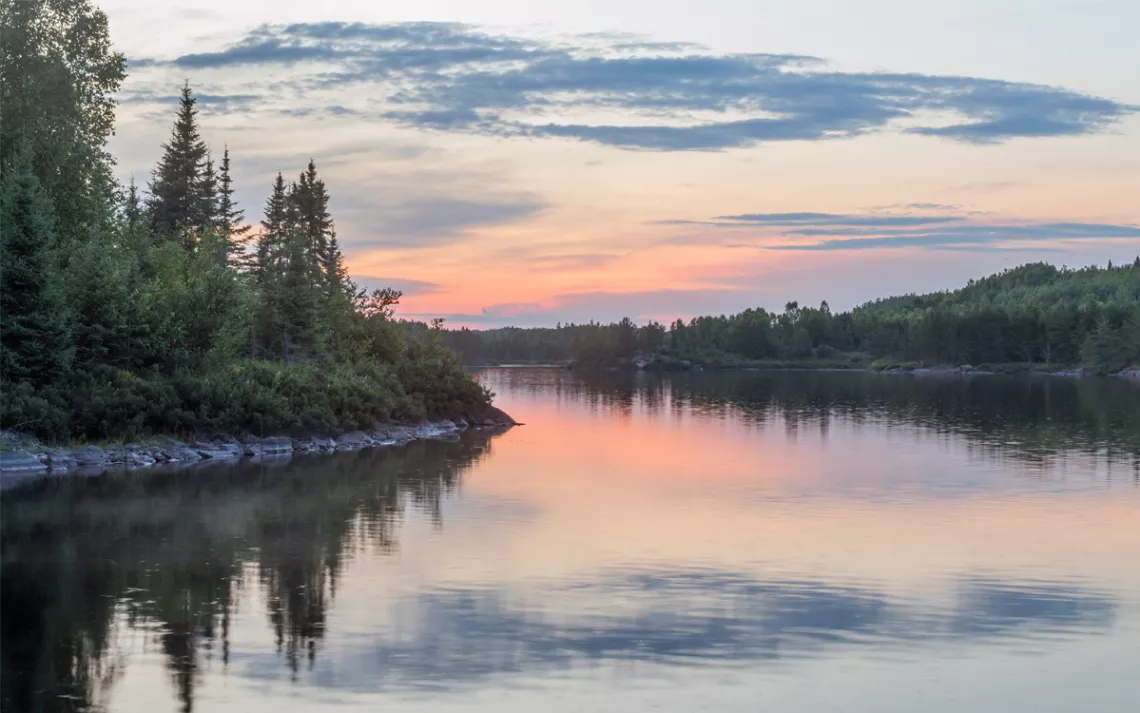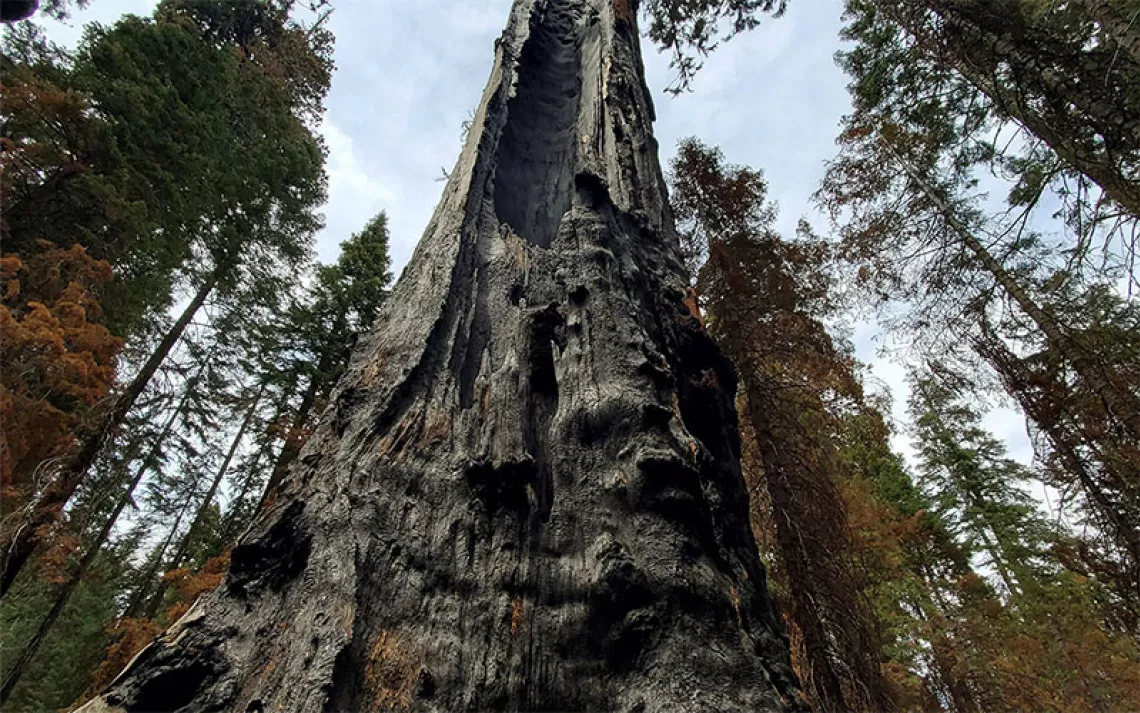Boundary Waters Inches Closer to Protection
Forest Service admits the danger of hardrock mining in the wilderness area’s headwaters

Photo by iStock/SamWagnerTimelapse
On June 23, the decade-long effort to protect America’s most popular wilderness area from risky mining development came an important step closer to achieving that goal. That’s when the US Forest Service released its long-awaited draft environmental assessment of the potential consequences of sulfide-ore mining in northern Minnesota’s Superior National Forest, immediately south of the 1.1-million-acre Boundary Water Canoe Area Wilderness (BWCA). The comprehensive report tallied the potential effects of mining in 19 areas, including water quality, wildlife, outdoor recreation, and cultural values, in part by investigating the environmental legacies of 20 sulfide-ore mines in the United States and Canada. In the end, the Forest Service report was unequivocal in calling for a 20-year moratorium on mineral development across more than 225,000 acres of federal land, stating that mining in the BWCA watershed would critically imperil “an irreplaceable national treasure.”
“It’s quite a relief to see a scientific study come out,” says Becky Rom, the national chair of the Campaign to Save the Boundary Waters, a coalition of nonprofits assembled in 2012 to rally against Twin Metals, a copper-nickel mine proposed on the doorstep of the federally designated wilderness. “The report explains why the process is being undertaken, what’s so wonderful about the Boundary Waters, and why mining in its headwaters is such an important issue.”
The environmental assessment follows a January decision by the Department of the Interior to revoke the mineral leases held by Twin Metals (a subsidiary of Chilean mining giant Antofagasta), which had been hastily extended by the Trump administration, and to restart the environmental assessment, first launched in 2016. Now the public has until July 28 to review the Forest Service documents and provide comments before the agency makes revisions and submits final recommendations to the Department of the Interior. Rom expects Interior secretary Deb Haaland to render a decision by the end of the year.
Rom’s broad-based coalition of organizations, which includes the Sierra Club, has long argued that Minnesota’s waterlogged North Woods is the worst possible location for a so-called hardrock mine. The Boundary Waters, beloved by canoe campers, contains over 1,000 lakes, with about 20 percent of its surface area composed of waterways and wetlands. Despite widespread public opposition, Antofagasta has forged ahead with plans for copper-nickel extraction near the South Kawishiwi River, which flows into the Boundary Waters, southeast of the community of Ely.
Environmentalists have warned for years of the consequences of pollution from mining—on both the region’s waterlogged landscape and its vibrant tourism economy. In targeting low-grade ore, Twin Metals would create vast amounts of sulfur-bearing waste rock. When exposed to air and water, these materials have the potential to generate acid-mine drainage, a sulfuric acid cocktail that must be carefully contained and monitored long after mining stops. Finer-grain tailings would be stored in ponds that would leach heavy metals into waterways. A 2014 accident at the Mount Polley Mine in British Columbia, for example, dumped over 10 million cubic yards of toxic waste into adjacent waterways. “Hardrock mines are large industrial facilities that handle large volumes of hazardous and toxic materials that inevitably experience some accidents and failures with varying circumstances, locations, magnitudes,” the Forest Service indicated in the "Water and Aquatic Species" section of the draft environmental assessment. “Failures include the unplanned impact to water quality, water quantity, or aquatic habitat. Failures and accidents are a realistic possibility in complex and long-lasting hardrock mining operations.”
The assessment echoes the concerns of Tom Tidwell, who served as US Forest Service chief from 2009 to 2017 and who recommended a mining moratorium around the BWCA in 2016. In a recent op-ed, Tidwell referenced a 2012 study of 14 American sulfide-ore copper mines, 13 of which were unable to control the release of pollution into surrounding waters. “Even with the best of designs and best efforts, spills and leaks happen,” wrote Tidwell. “These risks are only further exacerbated in the wet environment and uniquely interconnected hydrology of the Superior National Forest and Boundary Waters.”
Rom says the Forest Service warnings and recommendations are a critical next step in securing permanent protection for the BWCA watershed. The environmental assessment reinforces the importance of a public lands bill proposed by Minnesota representative Betty McCollum, which would protect 234,000 acres from sulfide-ore mining. Rom expects McCollum’s bill to continue to gain traction in the House, with the potential of becoming bundled into broader legislation by the end of 2022. “It’s been a long, hard road,” Rom adds, “but our campaign is only getting stronger.”
The Sierra Club’s North Star Chapter has more information on sulfide mining, and is looking for volunteers to collect petition signatures and host local meet-ups to build support for permanent Boundary Waters protection. Write to north.star.chapter@sierraclub.org.
 The Magazine of The Sierra Club
The Magazine of The Sierra Club







